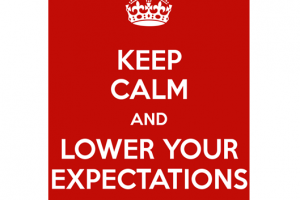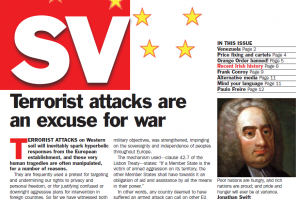The 1-percenters are back in the news with the Oxfam study showing that the world’s richest 1 percent owns more wealth than all the rest of the planet put together. So what about our own 1 percent? How are they doing? Let’s have a look at how that 1 percent and other top earners have been getting along in the crisis.
What follows is based on the EU’s Survey of Income and Living Conditions measurement of income (there may be trouble with the link – go to Eurostat Database/Population and Social Conditions/Living Conditions and welfare/Income and living conditions/income distribution and monetary poverty/distribution of income/the first table). It is a different concept from what Oxfam used: wealth. Wealth ownership refers to assets – real estate (buildings, land) and financial property (shares, bonds, cash, equities, pension pots, etc.). Income refers to the annual flow, whether it is employee or self-employed earnings, investment income, pensions, etc.
Income is only one measure of economic power and influence in the economy. Profits levels, the relative strength of labour and capital, degree of financialisation, place in the production process, social status, ownership of assets – it could be argued that income is the result, not the cause, of unequal power relationships in the economy. But it’s an informative measurement and can reveal something of what is happening around us or, in this case, above us.

Prior to the crash the top 1 percent held nearly six percent of the share of national income, above the EU-15 average. This fell to 2011 – primarily due to losses in capital and self-employment income arising from property and speculative losses in the crash. However, since 2011 (and the current government), things are on the mend with the 1 percent trending upwards. Still a ways to go to pre-crash levels but with a little time and a few tax cuts, normal business should be be resumed.














